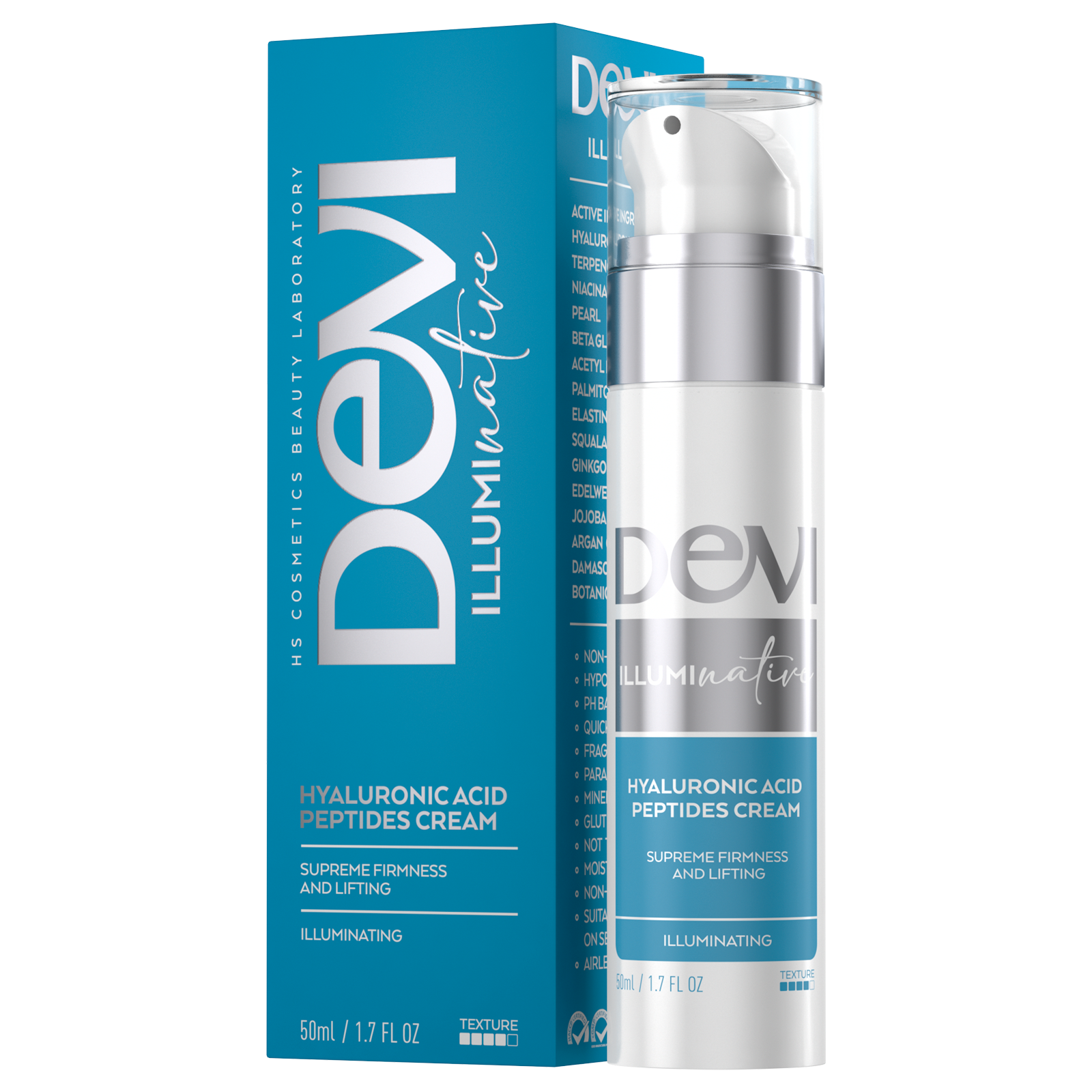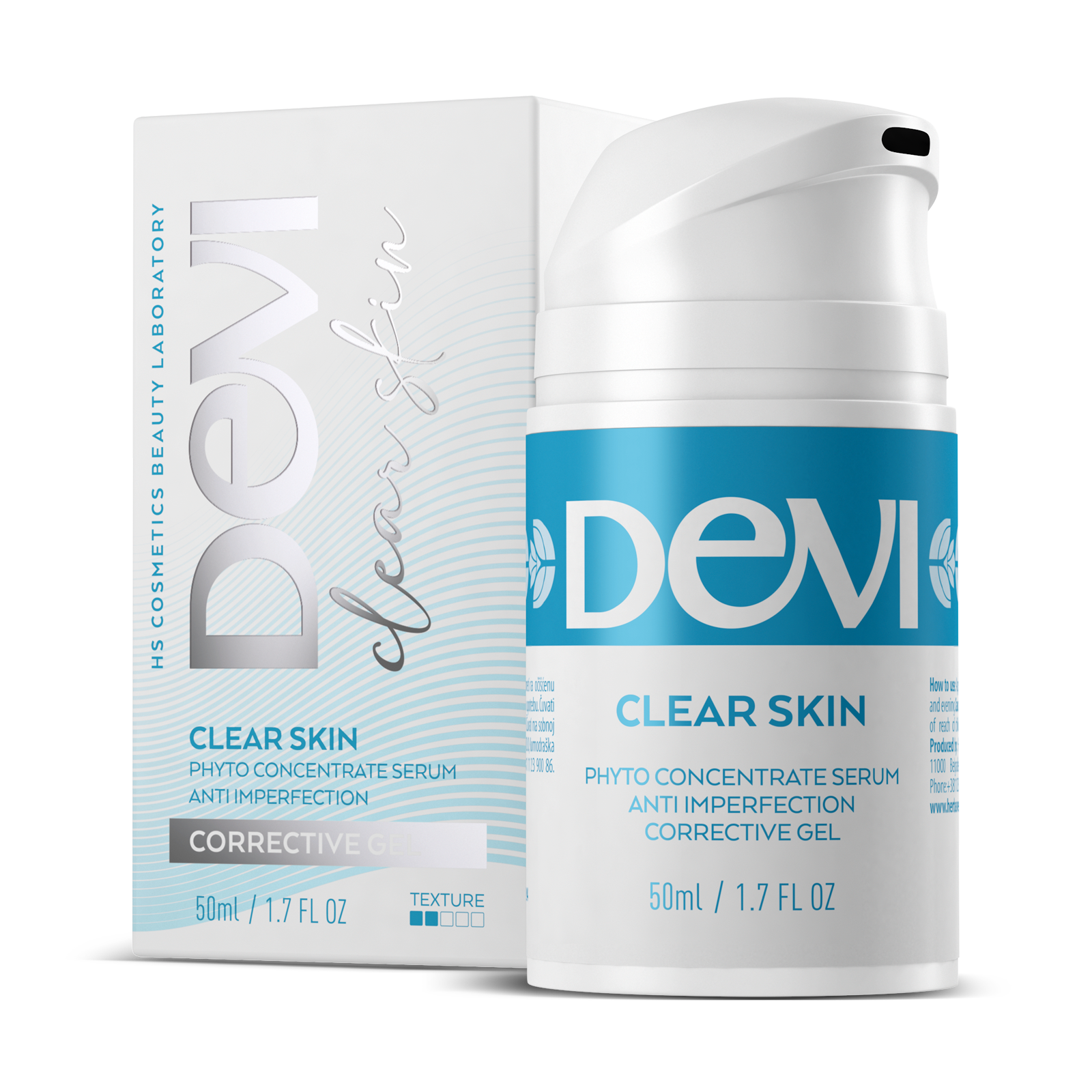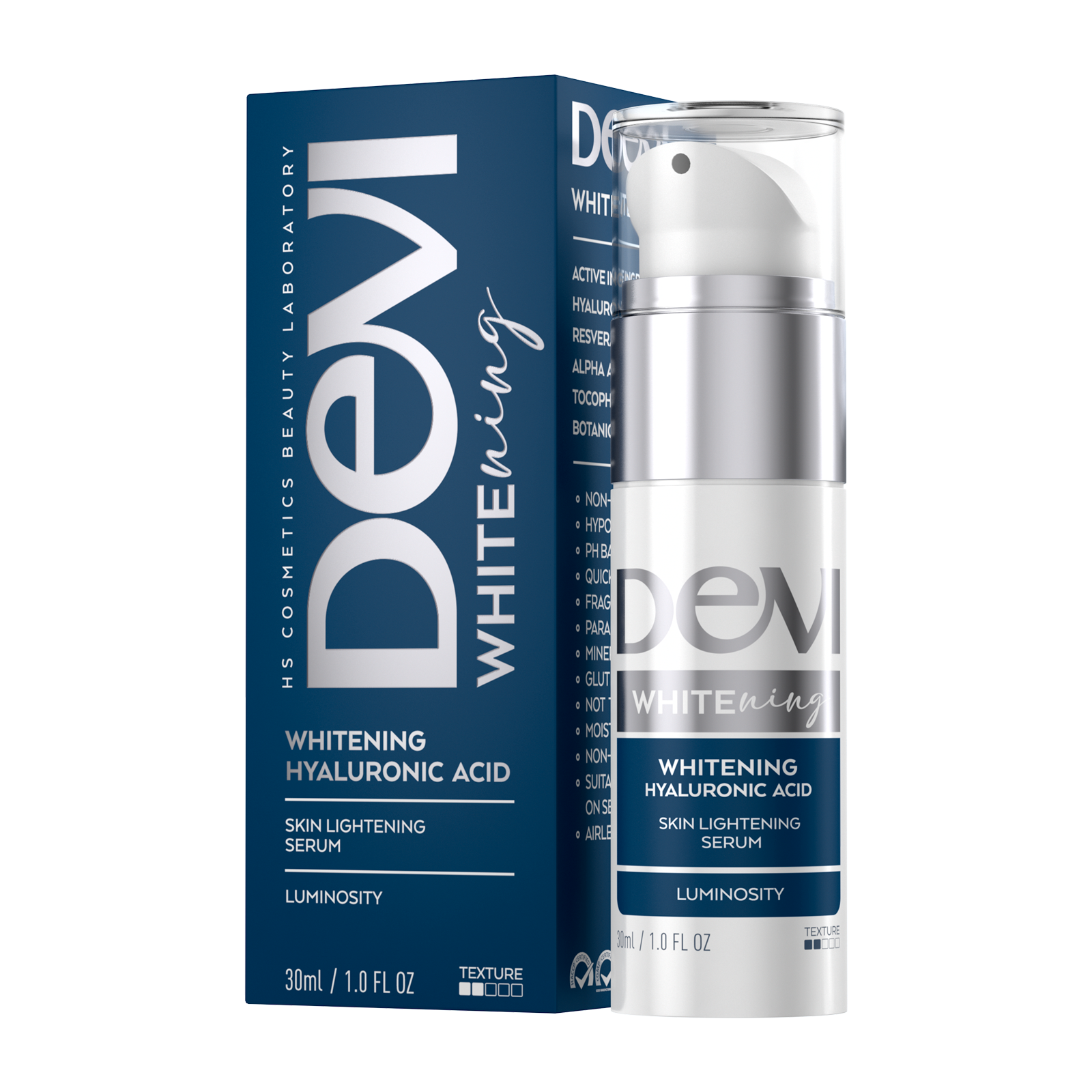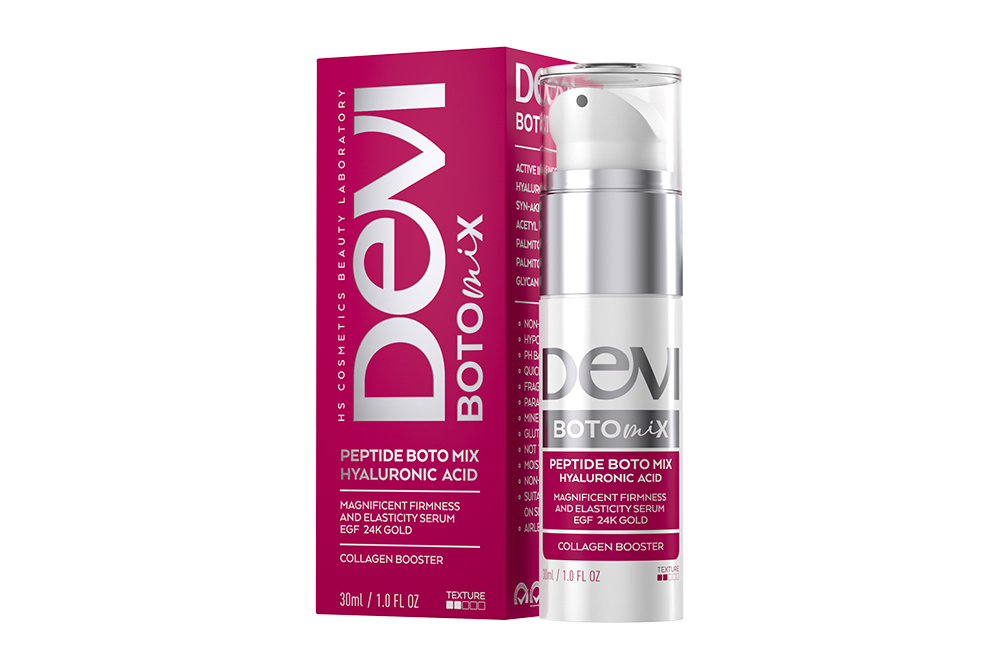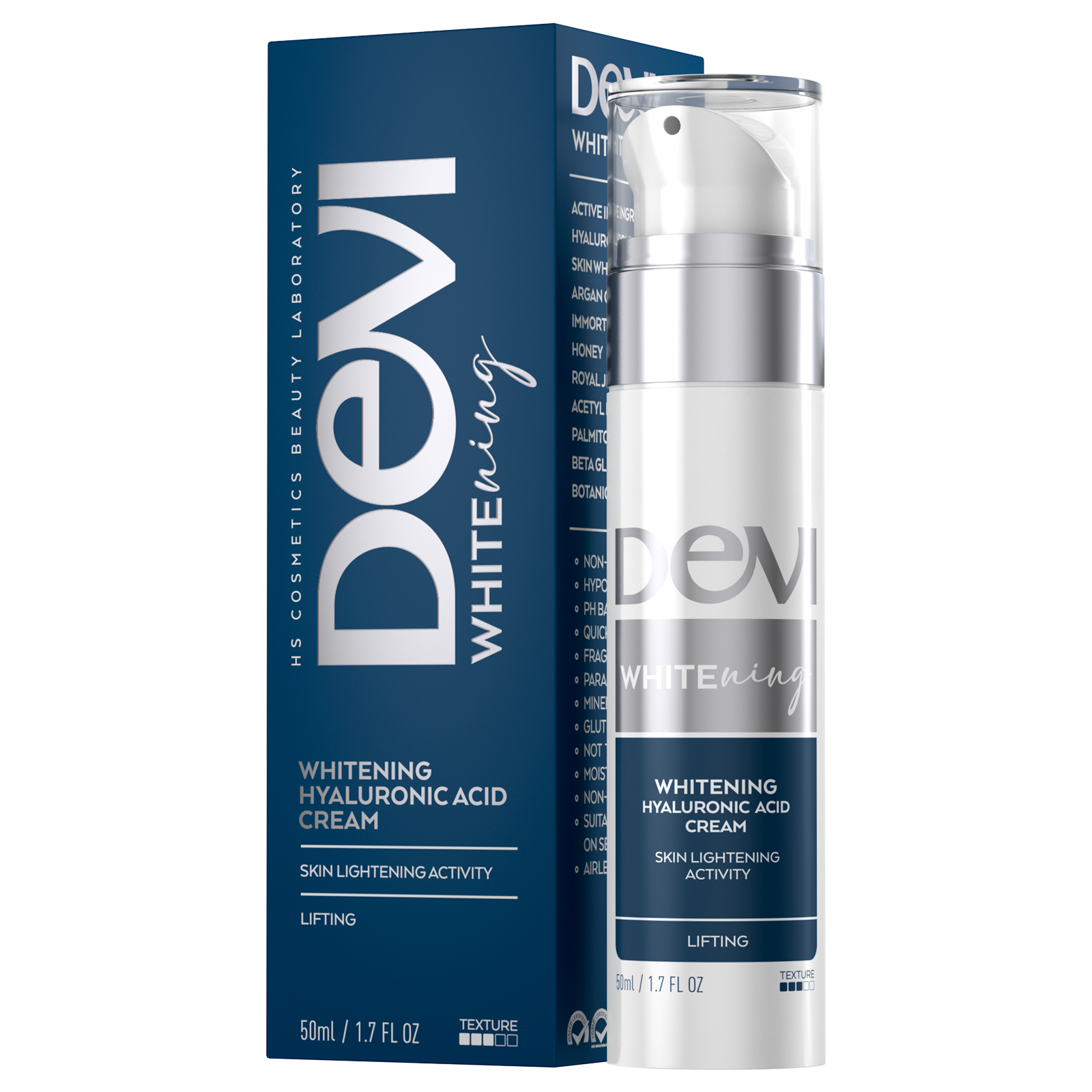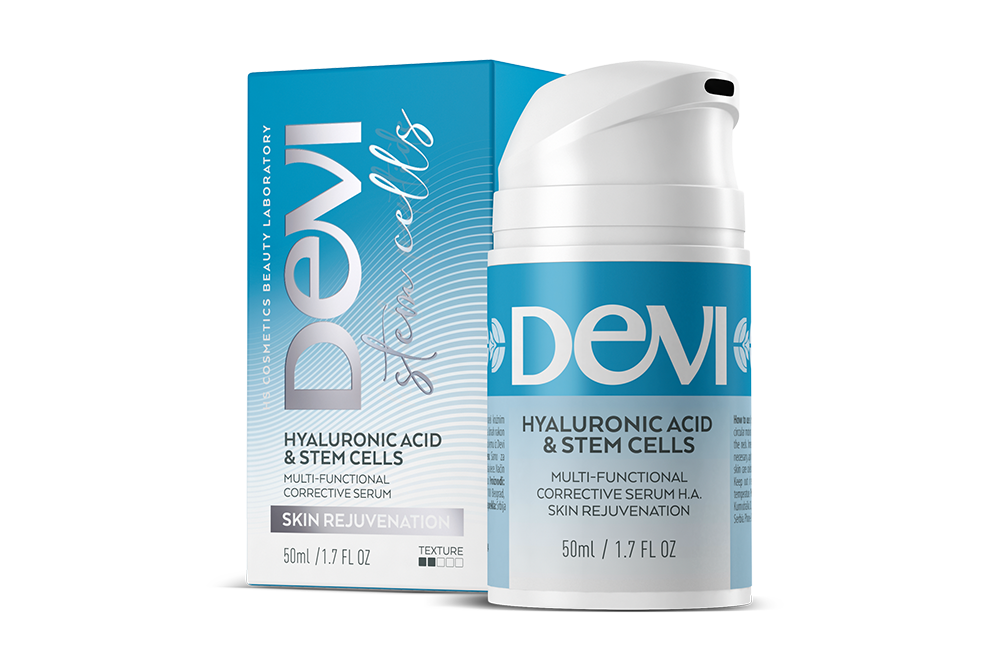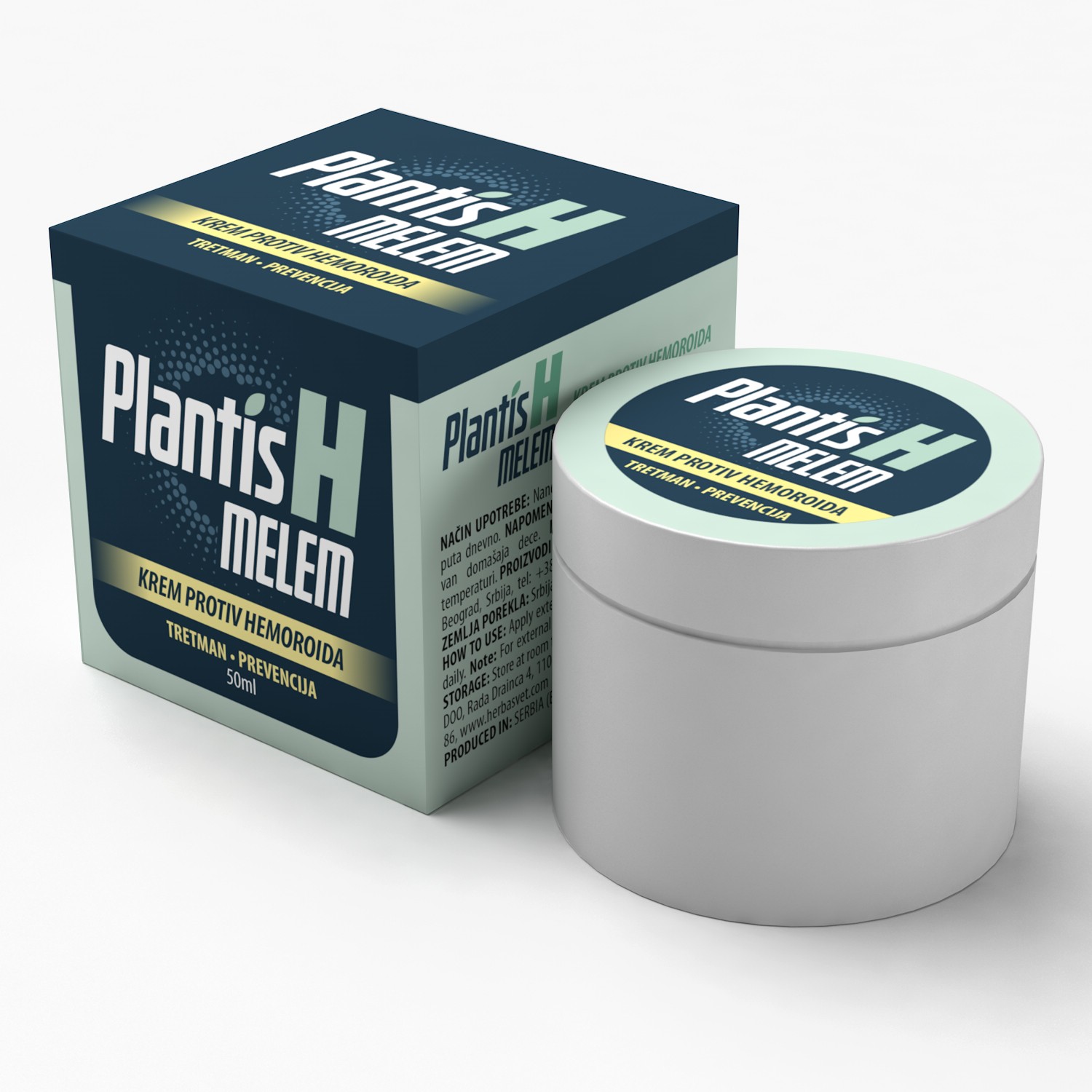(Primulaceae)
Primrose is one of the most beautiful heralds of spring. This cute perennial plant raises its yellow flowers towards the sun already in February, even before the snow completely thaws. There are about 400 species of primrose in the Primulaceae family, but the most healing one is Primula veris, although Primula elatior and Primula vulgaris are not far behind. Primula veris (cowslip) has bell-shaped flowers at the top of the stem; Primula elatior (oxlip) and Primula vulgaris (common primrose) can be found in forests and city parks, with open yellow flowers and an orange centre. The first is called cowslip primrose in English, but not for romantic reasons – most likely its name came about as it often grows in areas covered in cow dung. But its other name, primrose, or in Latin Primula veris, reminds us that it is the first flower to appear in spring. That is why poets have always loved primrose. It was mentioned in Shakespeare’s A Midsummer Night’s Dream, while Rainer Maria Rilke, John Donne and William Wordsworth immortalised it in their poetry. It is also common in Serbian folk poetry, not without reason: it represents a connection between the earthly and the fairy world, so whoever eats primrose flower will be able to see fairies and elves.
PRIMROSE AS FOOD AND MEDICINE
Primrose is edible, rich in vitamin C, beta carotene, potassium and calcium, and we can add it to salads, as is the custom in Spain; it is often used to flavour wine or as a cake colouring. Celtic druids used it in their medicinal potions, and Hildegard of Bingen, a famous nun and healer, used primrose in her balms. Today, if we look for primrose in a pharmacy, we will most likely be given cough medicine.
And indeed, primrose is best known as an expectorant – a drug that stimulates the expulsion of bronchial secretions. It has this property thanks to the saponins that are found mostly in its root. The European Medicines Agency mentions its proven effect on coughs, bronchitis, sinusitis, catarrh (inflammation of the mucous membranes) of the lungs and colds.
In addition to saponins, primrose contains the phenolic glycosides primverin and primulaverine and is rich in flavonoids that have strong antioxidant, antimicrobial, anti-inflammatory and cytostatic properties. Of the many flavonoids in this plant, quercetin, kaempferol, isorhamnetin, luteolin, apigenin, rutoside, hyperoside and catechin are present, which have been proven to enhance its anti-inflammatory and antioxidant properties; scientific research has proven their strong antiviral effect. Isorhamnetin aglycone has been scientifically proven even to have the power to destroy cancer cells.
Gentle and beautiful primrose is a real killer of microbes. It has a proven antibacterial and antimitotic effect, i.e. it has the power to block mitosis – the growth and division of cancer cells. One of the reasons it is ideal for treating respiratory tract obstruction is that it destroys bacteria and viruses along the way. Some of the strains of bacteria and fungi which primrose kills are Staphylococcus aureus, Escherichia coli and Candida albicans, as well as the influenza virus. Saponins in tandem with flavonoids are thought to have this effect.
PRIMROSE AND THE HEART
In Victorian times, each flower had its own meaning, and primrose was a symbol of youth and young love. Primrose offered as a present conveyed a passionate message saying I can’t live without you. That primrose is very dear to the heart has been confirmed by science. Flavonoids in this medicinal plant have been proven to increase the ability of the heart muscle to contract, so they act cardioprotectively and prevent chronic heart failure.
Another important ingredient in this plant explains why it is beneficial for the heart and for fighting the flu and colds – those are salicylates – the main ingredient in aspirin. Salicylates have been proven to be effective in hyperlipidemia and atherosclerosis and have anti-inflammatory and antifebrile action.
FOR BRILLIANT COMPLEXION
Just as it restores normal heart function, this plant has the power to calm us, eliminate nervousness, insomnia, anxiety, trepidation, nervous tension, spasms and headaches. Its leaves are an effective diuretic and mild anti-rheumatic, so it also helps with gout and rheumatoid arthritis. The synergistic effect of its valuable ingredients is extremely effective for the treatment of skin and blood circulation disorders – acne, pimples, rashes, inflammation, swelling, bruising and haemorrhoids. Primrose rejuvenates the skin and gives a radiant, even complexion, prevents the formation of blemishes, and is a great skin cleanser.
It is these properties that make it a valuable ingredient in Devi cosmetics from the Herba Svet laboratory. In Marine Collagen Intensive Cream, primrose helps to revitalise the skin and strengthen its immunity, but it also slows down skin ageing and the appearance of blemishes and freckles. Illuminative Cream brightens the complexion, regenerates the skin and gives it a velvety appearance. Radiant complexion is best achieved by Whitening Serum and Whitening Cream; its multifold action finds its best expression in the Clear Skin Gel. This gel will reduce clogged pores, excessive sebum secretion and shrink enlarged pores – all this makes it ideal for the care of the skin prone to acne and oily and combination skin.
Just as Abbess Hildegard of Bingen once valued primrose in her balms, it is still a precious ingredient of Plantis H Balm of Herb Svet. This balm is intended for haemorrhoids that are prone to inflammation; with an abundance of medicinal ingredients obtained from over 15 plants, it contributes to reducing inflammation of veins, regeneration of mucous membranes and tissues in haemorrhoids, but also unpleasant accompanying symptoms such as itching, irritation, pain and bleeding.
When we sum up all the valuable benefits of this beautiful and useful plant, the message I can’t live without you could be easily addressed to the plant itself. We can also convey the very same message to a person dear to us if we give them one of the Herba Svet preparations in which primrose lives and works.
